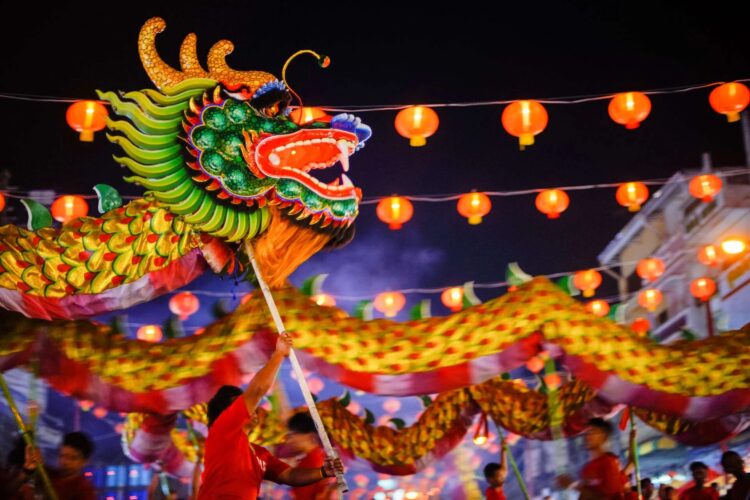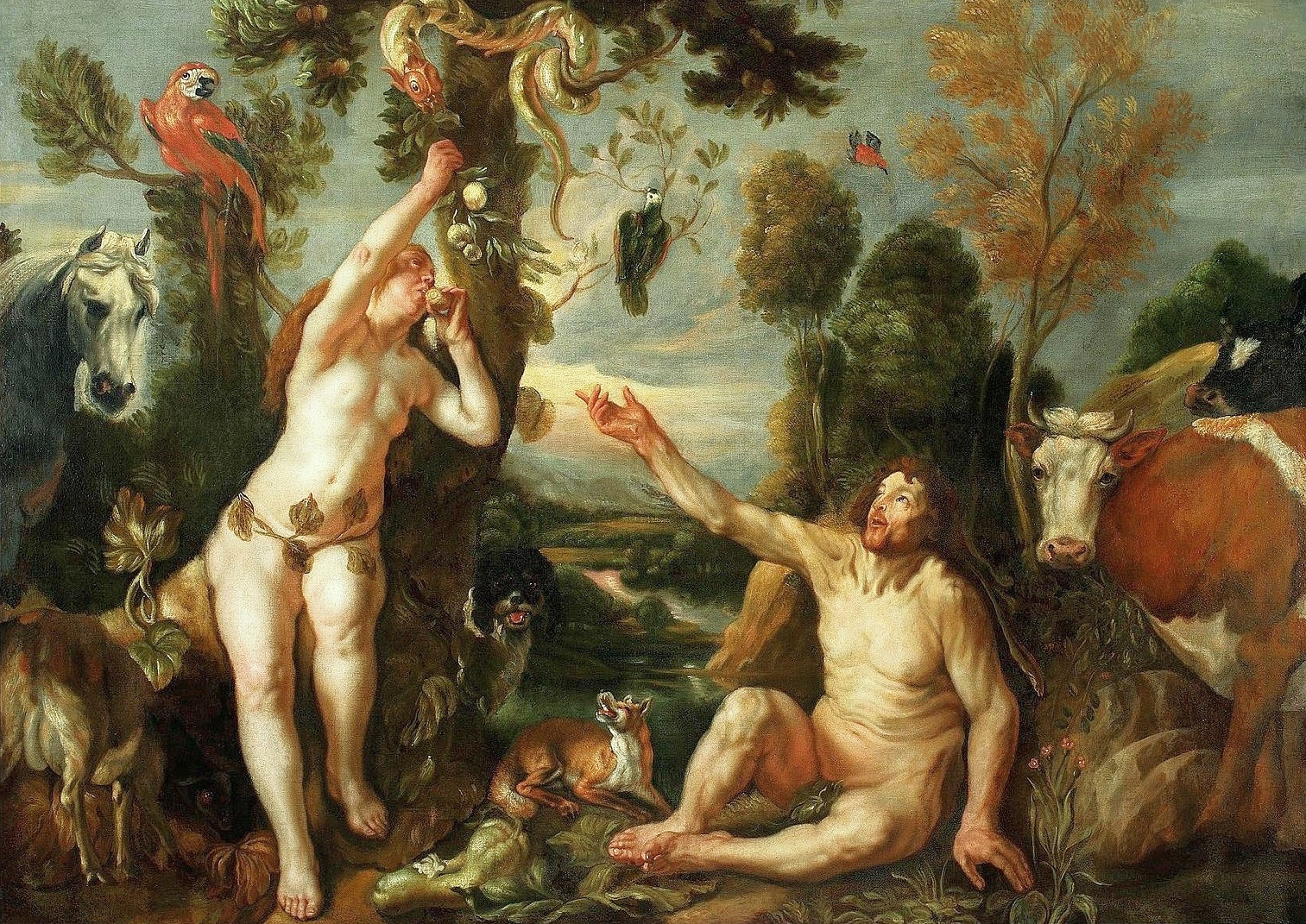On New Year’s Eve, people from around the world gather to celebrate the coming of a new year when the clock strikes midnight. The festivities usually start on the 31st of December with parties that go on ‘till the first sunrise. Many households will hang new calendars on their wall and create a list of new and unfulfilled New Year’s resolutions from years past. Despite the extravagant fireworks show across the globe that mark the arrival of January 1st, not all countries celebrate the ‘New Year’ on the same date. The Gregorian calendar, which is based on the solar cycle, is the international-standard civil calendar used today, officiating January 1st as the beginning of a new year. In different parts of the world, calendars were created following agricultural, astronomical, or religious events. Thus, the New Year falls on different days.
One of the oldest calendars that is observed today is the Chinese Lunar calendar, which follows the cycle of the moon. Many of the holidays that is celebrated in China and other parts of the world with historical ties with the country are based on the Lunar cycle. Unlike the Gregorian calendar, the date of the New Year is not fixed. Every year, the holiday is determined based on when the second new moon takes place after the winter solstice, which usually falls around the end of January and the beginning of February. It is a 15-day celebration filled with decades long traditions, from food preparations to house decorations. The festivities usually include dragon dances, lantern festivals, and fireworks.

Another country that follows their own calendar schedule is Ethiopia. The New Year is typically celebrated on the 11th or 12th of September, depending on whether it’s a leap year or not. The Ethiopian or Ga’az calendar is still being actively observed in the country. It is seven years behind the Gregorian calendar, therefore people’s age would be considerably younger if following the Ethiopian system. The holiday, known as Enkutatash, is considered as a celebration of a new life cycle and prosperity, symbolized by yellow Maskel daisies, which is seen everywhere during the festivities. The celebration is also observed in neighboring country, Eritrea.
Meanwhile, the country of Iran has adopted and observed the Solar Hijri calendar since 1925. Although almost unknown to the West, it is one of the most accurate calendars in the world. It is tied closely to the astronomical seasons, therefore the new year starts during the closest midnight to the vernal or northern spring equinox. The beginning of the New Year is known as Norwuz and is celebrated by many Iranians from all over the world. A lot of preparation comes before the actual holiday celebration, and it is very common for families to do ‘spring cleaning’ before the arrival of the new year. Traditionally, family and friends gather together to exchange wishes. The eldest members also give out sweets, coins, and gifts to the younger children. The festivities can also include fire and water rituals, but most importantly the Haft-seen table. This is when a special family cloth is spread on a table where seven special items that start with an ‘S’ are placed, symbolizing different wishes for the upcoming year. The calendar is also officially recognized in Afghanistan.
It is fascinating to see how different cultures celebrate the New Year. There are also many other countries that observe a variety of calendar systems that date back to thousands of years ago. No matter what holiday celebration you follow, the New Year marks a new beginning for everyone. It is a whole new year of opportunities for love, hope and prosperity.
Roselle Torres
If you find this article interesting, I also recommend this:




